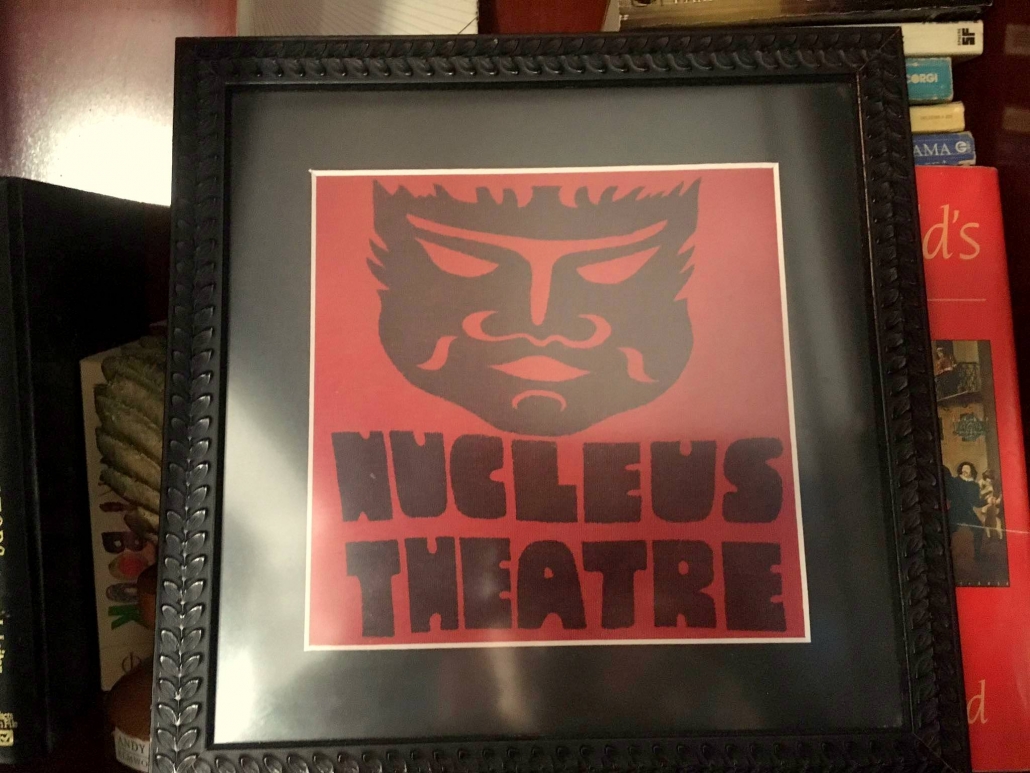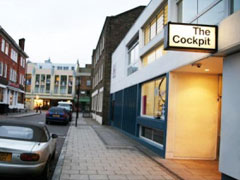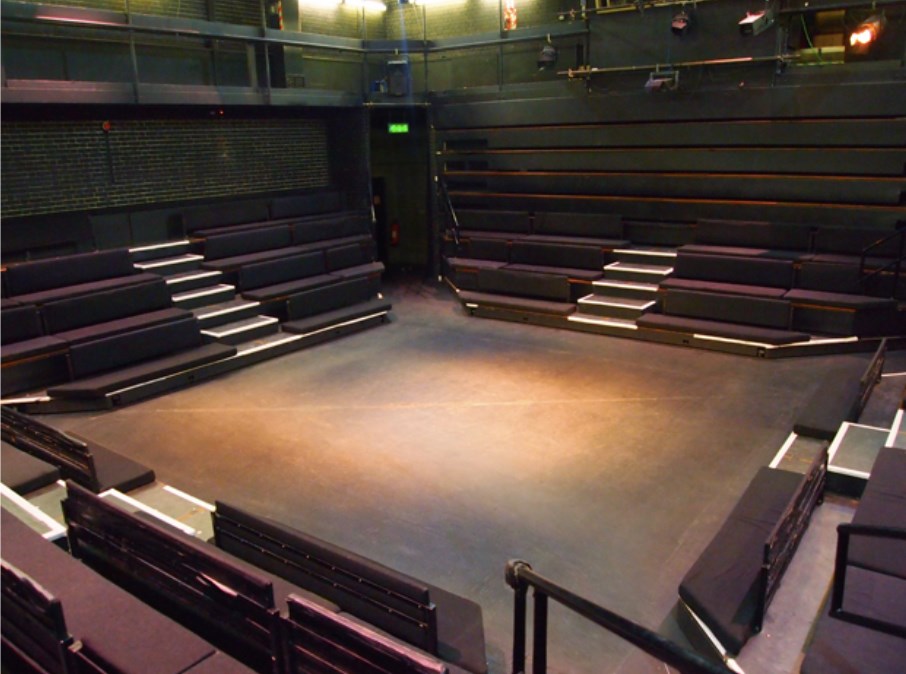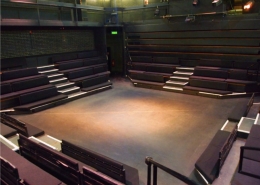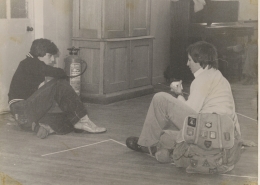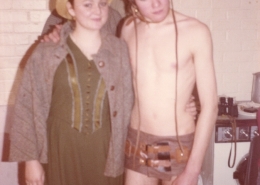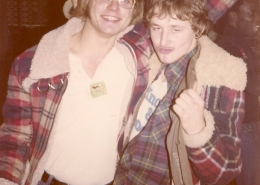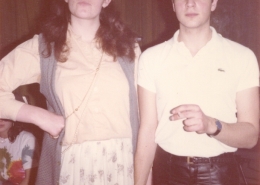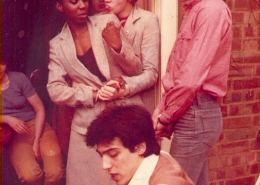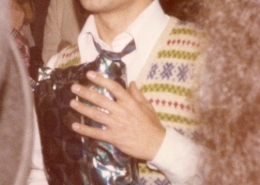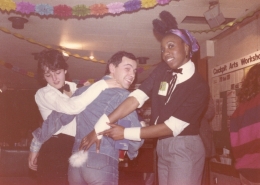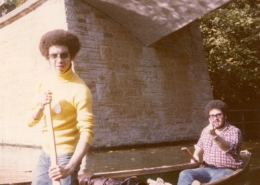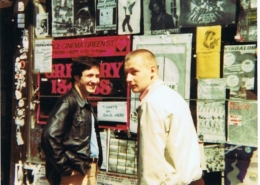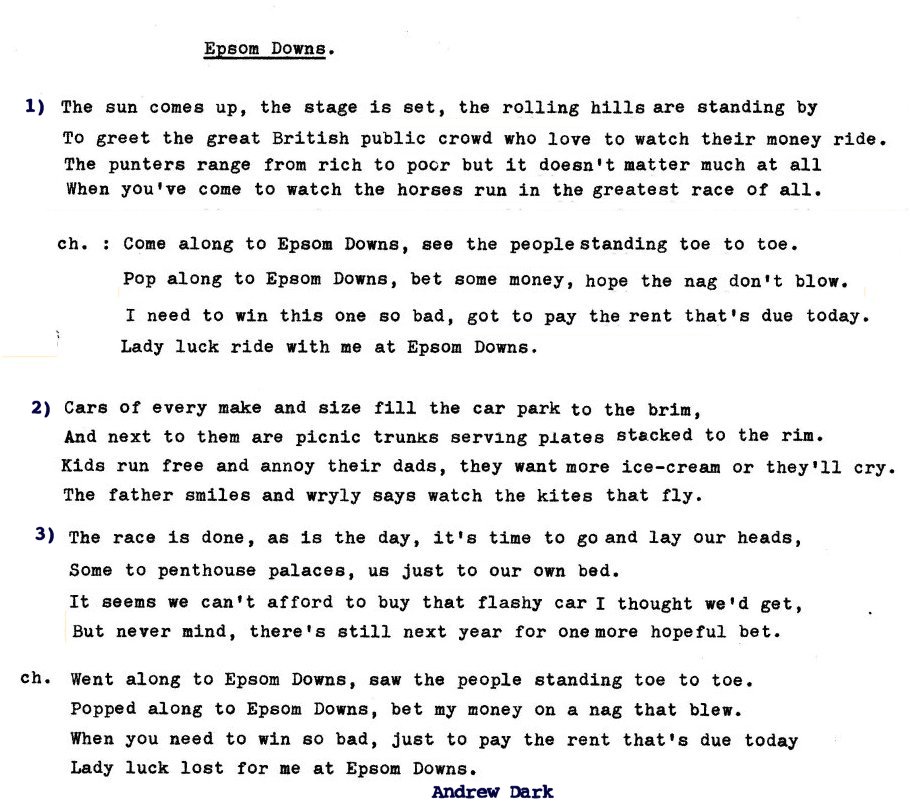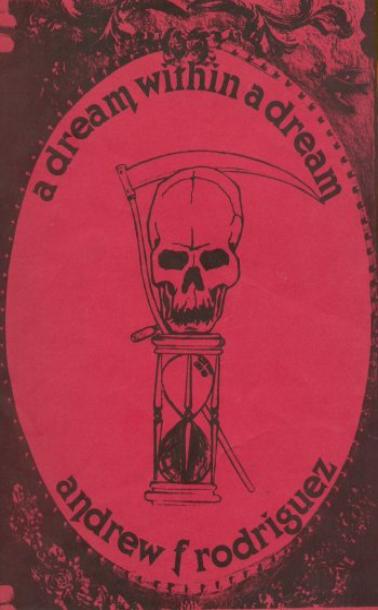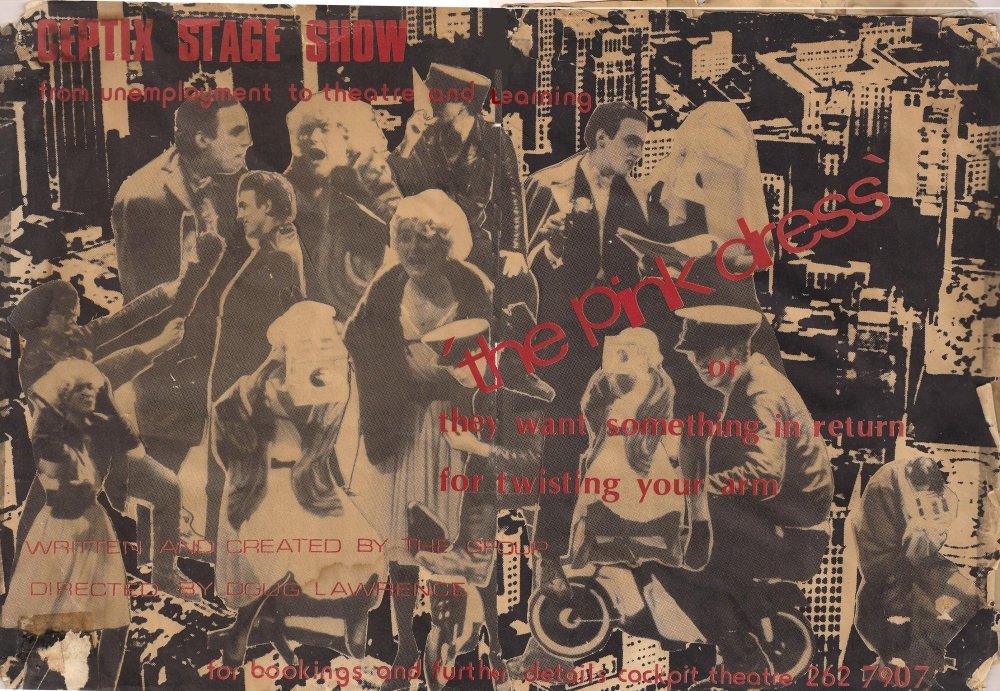“I walked into this theatre and it’s influence has never left me.”
The early days:
I had found an interest in the theatre through dating an actress. She’d been involved in a show and I’d gone along to see her in rehs and found myself directing the actors, stage managing and making the soundtrack. The name of the company was The Nucleus Theatre, and the play was I think called The Red Barn and was a very old American play. A melodramatic affair with much mustache twisting, which ended in the death of my lady friend. I can still recall using a cue of Vivaldi’s Summer for the final moment when she hung herself and I closed the curtains. I broke up with the actresses but didn’t forget the rush that I’d gotten from the show. Time moved on and my mom spotted a poster about a summer youth theatre going on around the corner. Literally a few streets away from our family’s council flat in Lisson Green estate. It was my 20th birthday as I walked into the Coffee bar of The Cockpit theatre. It turned out to be the best thing I ever did in my life. It was like coming home! For I met in that coffee bar my lifelong friend John Whitley and fell in love with the theatre. I stayed for the next few years acting and working in all the technical depts. I ended up writing two pieces for the Youth group and getting to learn from my mentor Ian Brown. He was our director for that first summer and had assembled a motley crew of young folks. From all kinds of backgrounds, races and creeds. He taught me that theatre was for everyone and that art could serve a purpose. It could benefit our society. His lessons have remained with me to this day.
The Cockpit theatre was a direct result of Harold Wilson’s Labour Government. Its mission was to give all young people a chance to learn about the Dramatic arts. Back then, as now, actors mostly came from middle-and upper-class families. Those who could afford to send their children to Theatre School. By 1976, it employed six actor-teachers, a director and a stage manager. Presenting performances for students and running a youth theatre. The space was an extremely modern design for a ‘theatre in the round’. Because by pulling different sections ‘in and out’. You could perform in any configuration of theatre staging. Though for the most part it played Cockpit style.
Folks I worked with who went on to have careers in the Arts.
Ian Brown
Ian Brown was our director for that first summer and had assembled a motley crew of young folks. From all kinds of backgrounds, races and creeds. He taught me that theatre was for everyone and that art could serve a purpose. It could benefit our society. His lessons have remained with me to this day.
“I was away at the Citizen’s theatre in Glasgow when the Epsom Down’s show happened. I wrote a song, recorded and sent it down to the Cockpit. Ian played it before the show went up.”
A dream within a dream.
1976
In 1976 during my time at the Cockpit theatre in London. I first penned this story concerning the last night of Edgar Allan Poe’s life.
The Rhyme behind the reason.
1987
Eleven years later in 1987 I would be in Nyack, New York. I’d approached the Elmwood theatre to let me direct on their main stage and they asked me to do a workshop first in order to see what I could. I decided to take another look at this piece.


